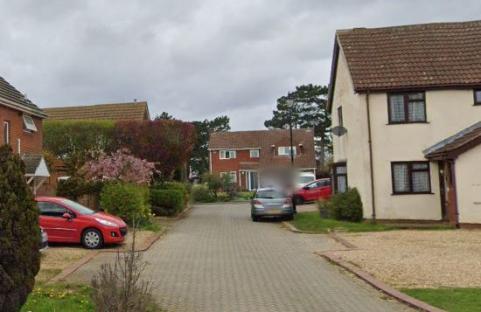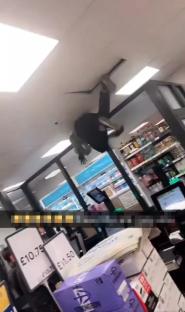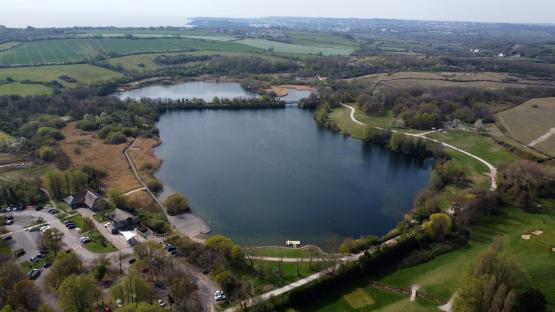Once a COVID-19 hotspot, North Dakota is now administering vaccines at a rapid pace, well ahead of its neighbour to the north, Manitoba.
Last fall, when cases peaked in North Dakota, the state announced it was allowing health-care workers who were COVID-19-positive, but asymptomatic, to continue working in coronavirus units. It was a move meant to help maintain staffing levels amid heavy patient counts.
Read more: Herd immunity? Why North Dakota's coronavirus cases dropped so much
Dr. Joshua Wynne, North Dakota chief health strategist and vice-president of health affairs at the University of North Dakota, said the hospitals in the state are stable these days.
“There was a pretty steep decline in the number of cases,” Wynne said. “We're at a reasonably low level with one or two, not hot spots, but warm spots.”
North Dakota reported 10,435 active cases on Nov. 13, 2020. As of Tuesday, the state's COVID-19 dashboard shows 1,071 active cases.
Wynne attributes the declining cases to the public following the coronavirus guidelines as well the state's aggressive vaccine rollout.
As of Tuesday, North Dakota had administered 509,781 doses, according to its vaccine dashboard.
North of the border, Manitoba, which has a significantly larger population, had administered 350,977 shots, according to its dashboard.
Read more: All Americans 16 and older can now get vaccinated in the U.S.
Wynne said North Dakota has not only benefitted from the federal government's supply, but the state has also been able to make vaccines easily accessible to residents.
“We're among the leaders in the states of getting people vaccinated,” he said. “North Dakota had a co-ordinated plan for vaccine distribution well before there was any vaccine available.”
North Dakota Medical Association vice-president Dr. Josh Ranum said many physicians have also been efficiently using up what they were given.
“Most people were getting an 11th dose out of a vile, so let's you had eight people signed up, nobody wanted to waste those other three doses, so we try to call around and find three volunteers even if we weren't technically at their tier,” Ranum said.
Now that most North Dakotans who either needed, or wanted, a shot have received one, Ranum said the next round of vaccinations might not be as smooth as the first one.
“We've done a great job getting vaccines to people that want it but now the heavy lifting starts,” he said. “Now we're going to start entering the skeptical, the young and healthy.”
North of the border, Dr. Cory Baillie, president of Doctors Manitoba, said vaccine supply is the main reason behind the slower rollout.
However, with more shipments expected in the coming weeks, Baillie is urging the Manitoba government to let physicians play a bigger role in the rollout in order to improve speed and efficiency.
Read more: Canada's COVID-19 case rate tops U.S. as country continues to lag in vaccinations
“We know from research that Doctors Manitoba has done that just over 25 per cent of Manitobans are hesitant about obtaining the COVID vaccine,” Baillie said. “About 44 per cent of those who are vaccine-hesitant would be more eager to consider it in their physicians office.”
For now, because the U.S. has more vaccine, North Dakota Gov. Doug Burgum said on Tuesday that the state has agreed to start providing shots to commercial truckers from Manitoba who cross the border.
Manitoba Premier Brian Pallister said the program is the first of its kind between Canadian and U.S. jurisdictions, and he hopes to expand it to other essential workers who cross the border.
View link »



